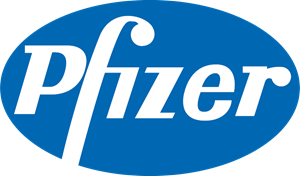What is equilibrium solubility of a drug?
Equilibrium solubility of a drug substance (unformulated drug) is the maximum drug concentration of a (saturated) solution in the test solvent being examined. The test solvents may be organic liquids, buffers, water or aqueous based.
Equilibrium solubility is also commonly referred to as thermodynamic solubility and is the most consistent solubility measurement if the method is carried out properly in a standardized way.

Biorelevant equilibrium solubility
Identifying and understanding the biorelevant equilibrium solubility of a drug candidate can help with interpreting unexpected results such as potential (underestimated) in vitro activity and preclinical absorption variability.
Specifically, understanding a drug candidates biorelevant solubility is crucial for understanding its potential to be orally delivered. Equilibrium solubilities in biorelevant media are typically carried out at 37°C until two consecutive consistent values are reached (typically about 24 hours). Understanding a preclinical drug candidates’ solubility in Fasted (e.g. FaSSIF) and Fed state intestinal (e.g. FeSSIF) media is a useful first step to understand its potential oral developability and provides guidance towards a potential drug product strategy.
Determining biorelevant equilibrium solubility
Equilibrium is typically determined by incubating an excess of a drug substance in the solvent and shaking/agitating it until a consistent equilibrium concentration of the saturated drug solution is reached in the selected in vitro biorelevant medium.
Shake flask method
The method used depends on the stage of a drugs’ development and available quantity of drug substance for the assay. The most common technique is referred to as the saturation shake flask method which involves measuring an excess of drug (typically 1 to 2 mg/mL above the concentration of the saturated drug solution) in the biorelevant test medium.

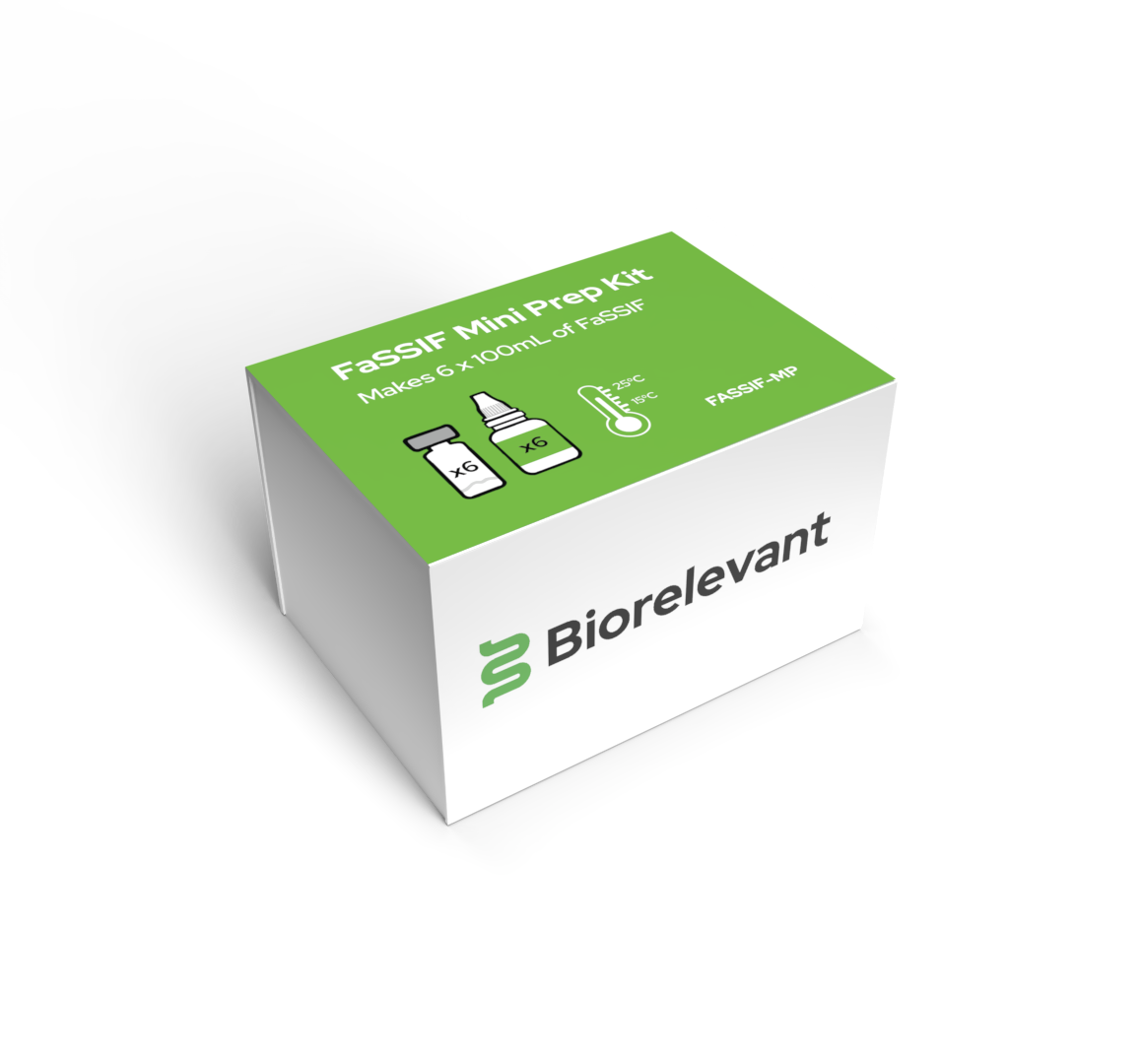
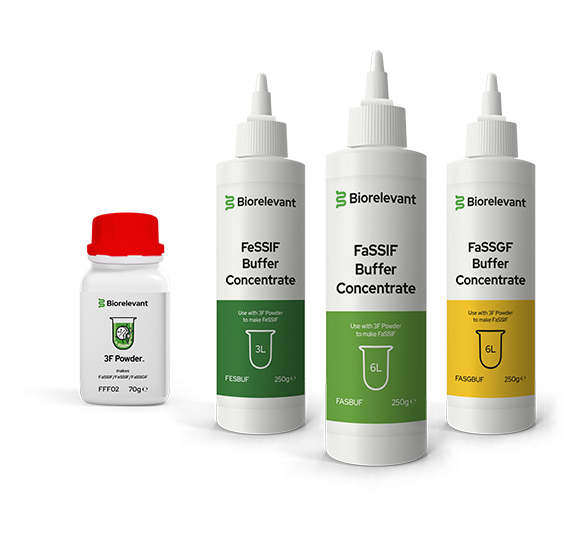

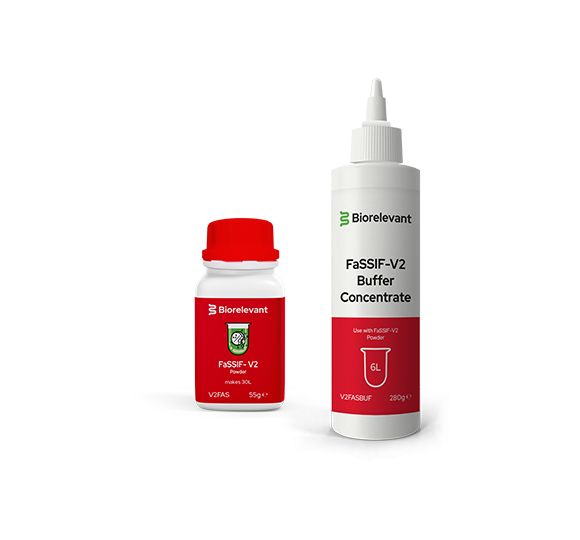
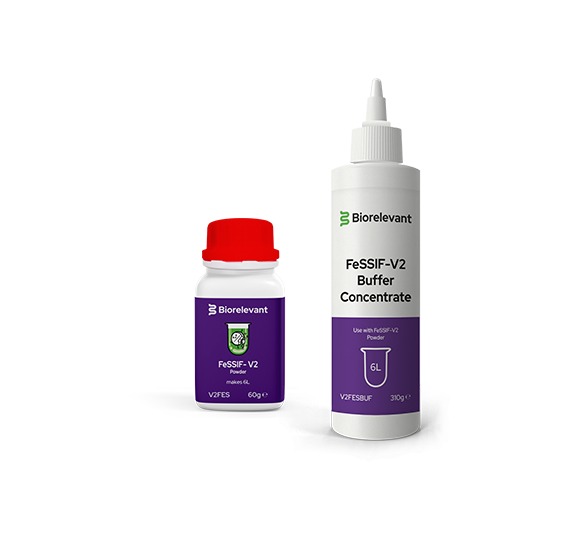


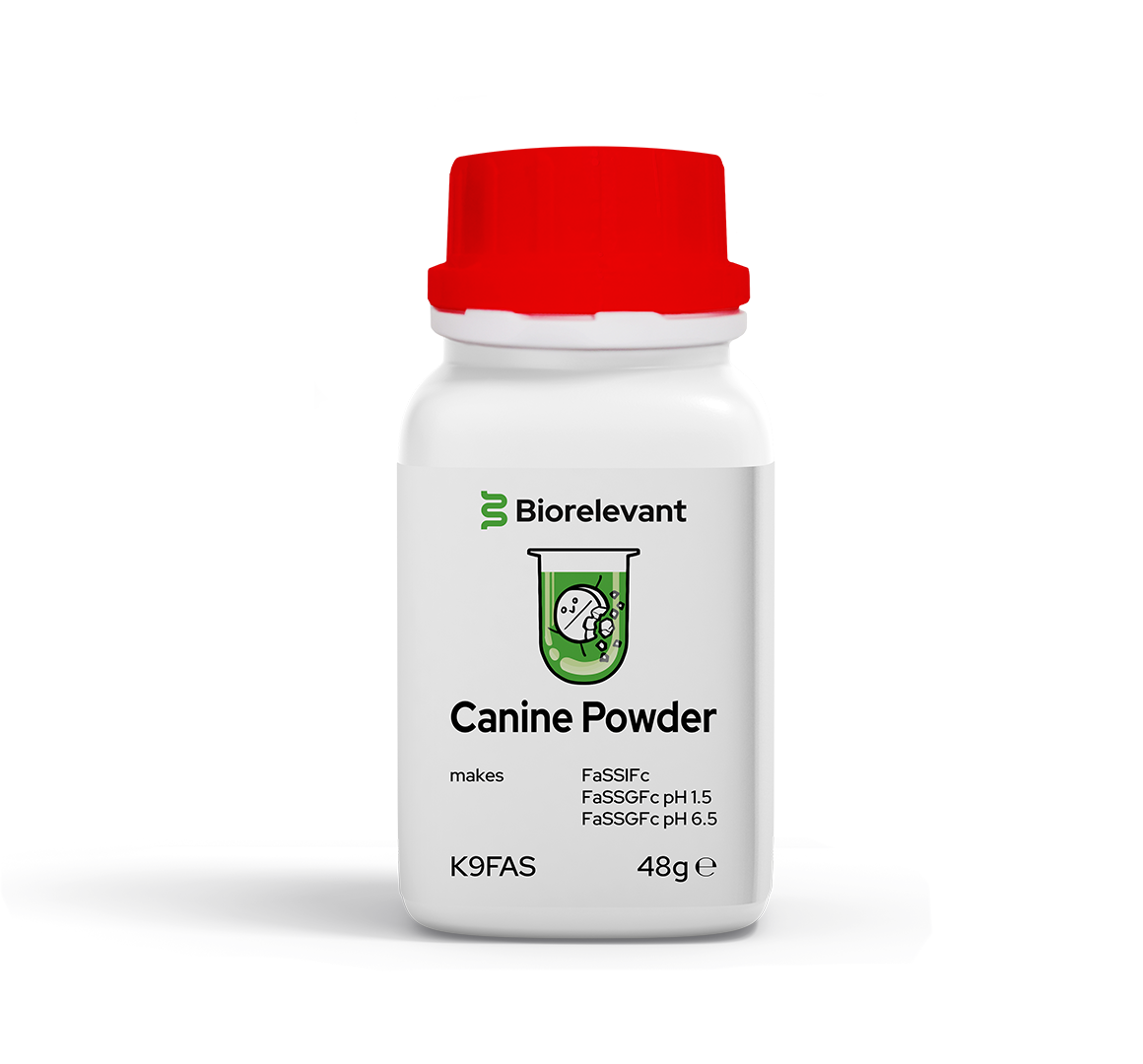
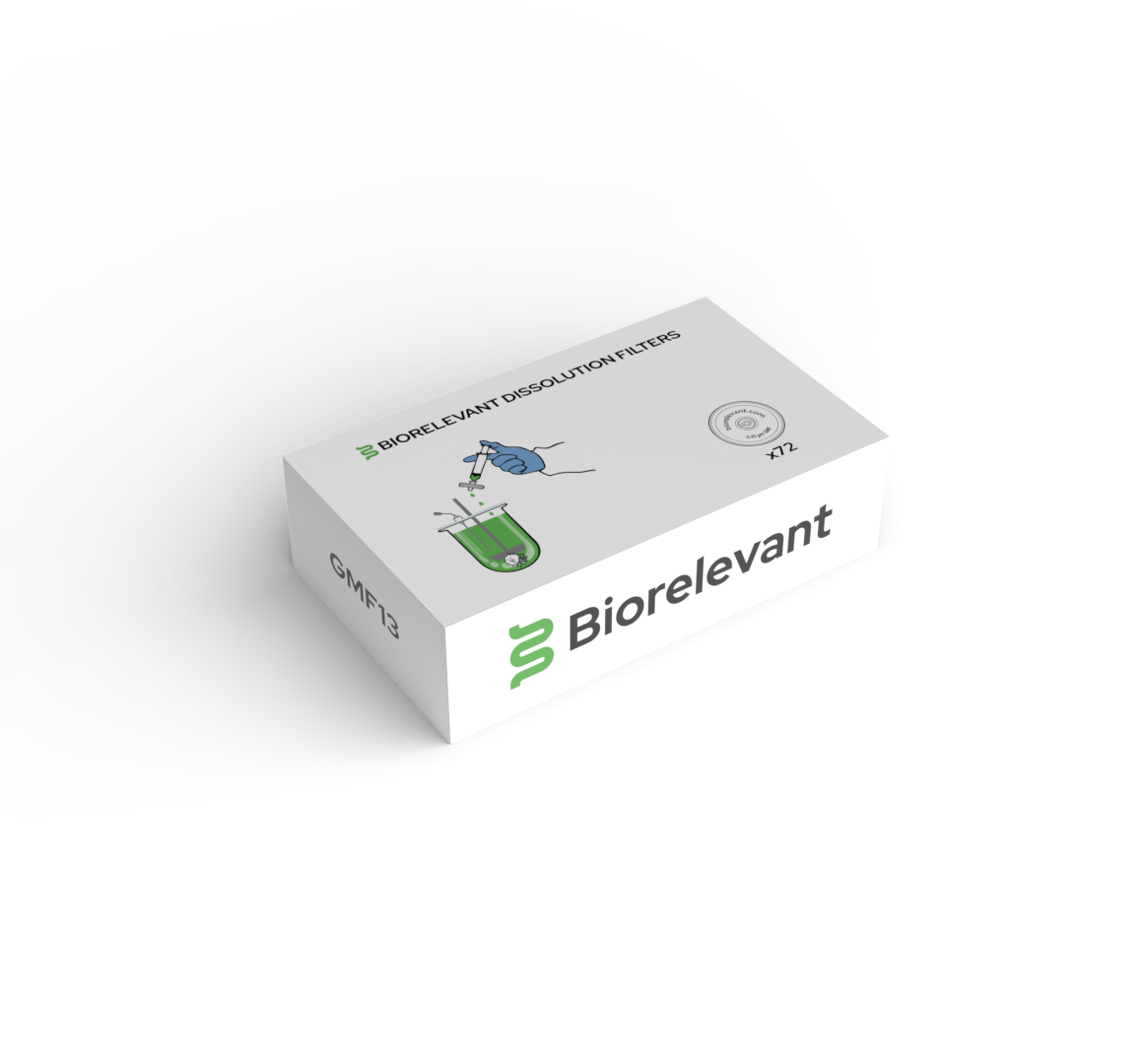
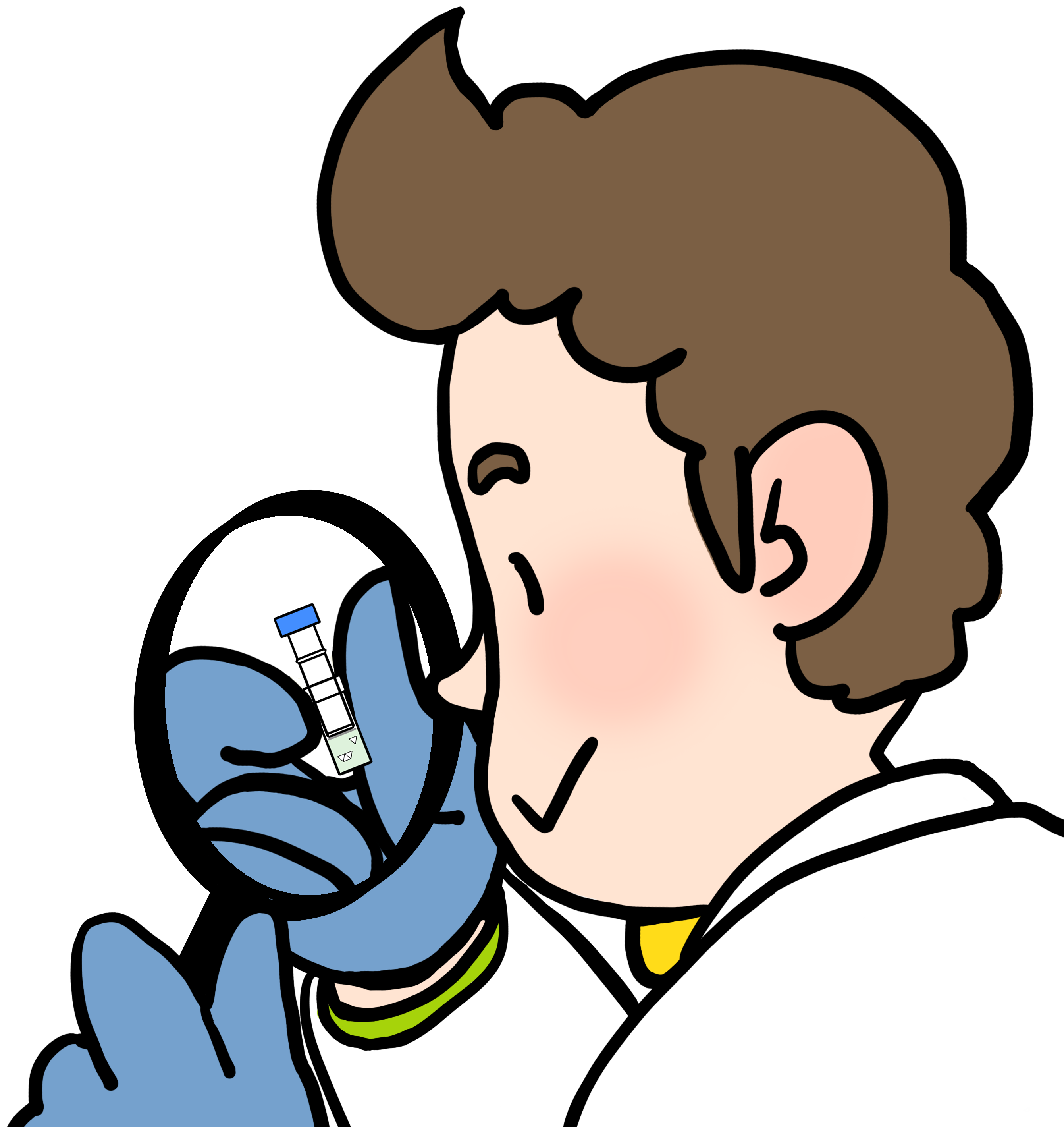
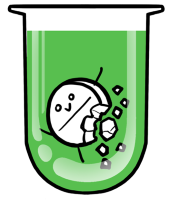






 Home
Home







